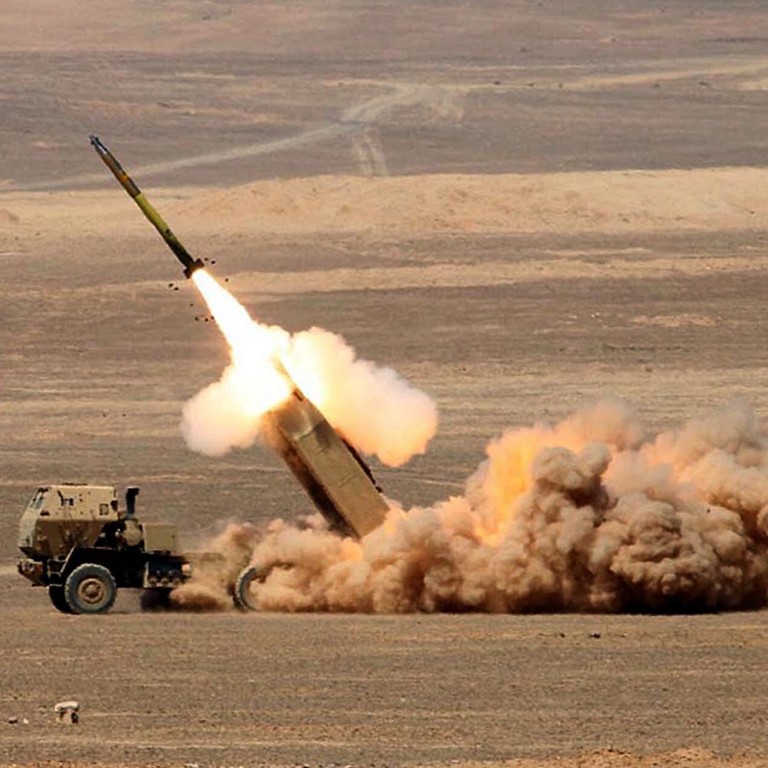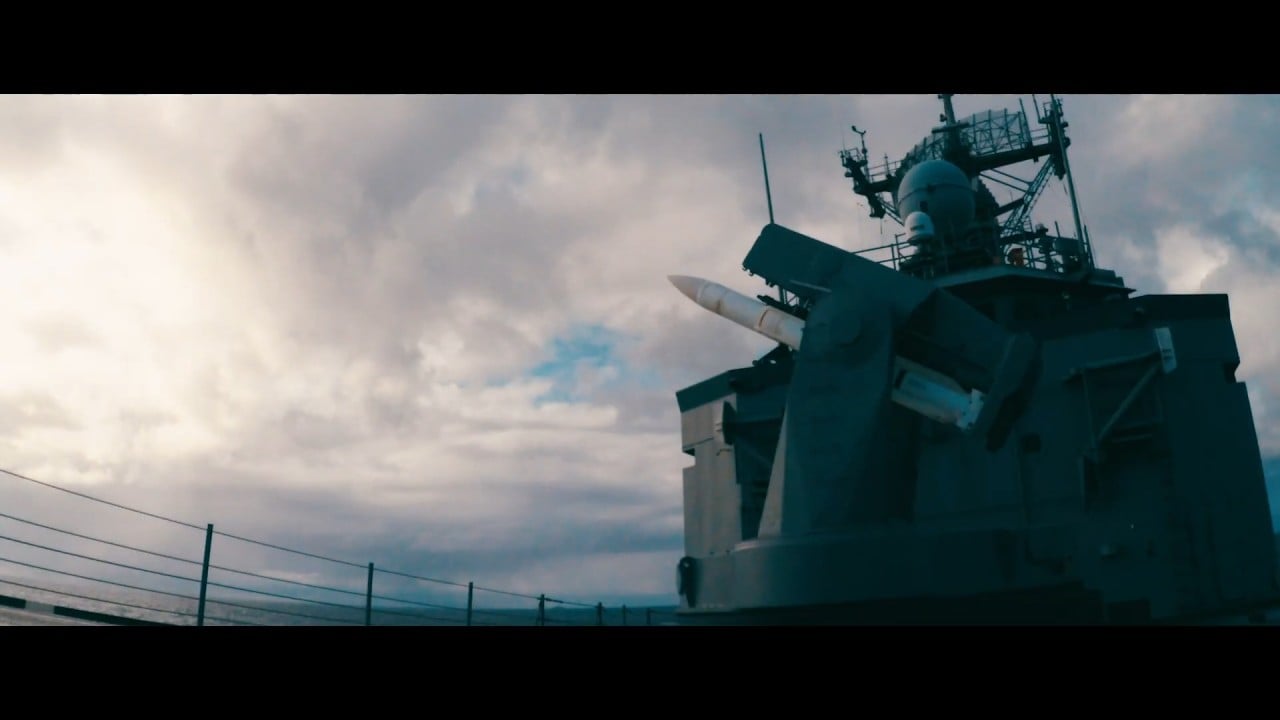
Taiwan’s new US arms can reach mainland China: ‘a first but just a deterrent’
- US$1.8 billion package includes first meaningful offensive systems sold to Taiwan since US switched diplomatic allegiance to Beijing in 1979, observer says
- But the island is still seen as being on the defensive against the threat from the mainland’s military
‘Breakthrough for Taiwan’
The US$1.8 billion package includes 135 AGM-84H cruise missiles with a striking range of more than 270km (168 miles) and 11 truck-based rocket launchers along with 64 tactical missiles that can hit targets 300km (186 miles) away. Also covered are six MS-110 Recce external sensor pods which would greatly increase the air surveillance capability of the island’s forces.

01:22
Taiwan posts video of troops ‘fending off attack from mainland’ amid worsening cross-strait tensions
“This is a breakthrough in US arms sales for Taiwan,” said Mei Fu-hsing, director of the Taiwan Security Analysis Centre, a private think tank in New York, referring to the departure from the US’ traditional policy of selling merely defensive weapons to the island.
“Many people in Taiwan could find the US sale of the truck-based High Mobility Artillery Rocket System along with the Army Tactical Missile System rather impressive – the missile has a warhead of 500 pounds [227kg] and a range of 300km,” he said.
Another highlight of the sale was the AGM-84H cruise missiles, which not only have a relatively long range but are capable of accurately hitting targets from land and sea, Mei said.
‘Primarily for deterrence’
Alexander Huang Chieh-cheng, a professor of international studies and strategic relations at Tamkang University in Taiwan, said Taiwan would be the first US security partner to carry AGM-84H cruise missiles using F-16V fighter jets.
A short history of the one-China policy, bedrock of Sino-US ties
He said the three weapon systems were the first meaningful “offensive” systems provided to Taiwan since the US switched formal diplomatic recognition from Taipei to Beijing in 1979.
However, he added: “These systems have the range to be projected to targets along the Chinese coastal area and can perform counter-strike missions, but with limited numbers and complex targeting requirements, they are primarily for deterrence purposes.”
Chieh Chung, a national security researcher at the National Policy Foundation, a think tank affiliated with Taiwan opposition party the Kuomintang, said both missiles could reach mainland Chinese coastal areas.

02:32
Washington’s hardened position on Beijing’s claims in South China Sea heightens US-China tensions
He said the US provided such weapons to Taiwan as a specific response to the PLA.
“The PLA is tipped to increase its amphibious and landing capability between 2025 and 2035, which would threaten Taiwan,” Chieh said. “By offering those weapons, they could help increase Taiwanese [capability in terms of] striking distance and hitting moving targets during PLA landing attacks.”
A more entrenched Beijing?
Huang said the sales showed “increasing US concerns over military imbalance across the Taiwan Strait”.
But Zhou Chenming, a Beijing military expert, said the weapons involved would not fundamentally change the power balance, although they could make reconciliation between Beijing and Taipei a more remote prospect.
On Thursday, Chinese foreign ministry spokesman Zhao Lijian lashed out at Washington for “seriously violating the one-China principle and the three communiqués” that underline American relations with the mainland.
Donald Trump ‘plans more US arms sales to Taiwan including MQ-9 drones’
“This not only utterly damages the national interest of China, but also sends a wrong signal for Taiwan’s separatists, which the Chinese side resolutely opposes,” he said.
Taiwan’s defence minister Yen De-fa said the island had no intention of starting an arms race with the mainland.
Ji Ye, an associate professor of Taiwan studies at Xiamen University in mainland China, said the Chinese government would view the US as the biggest obstacle to uniting Taiwan with the mainland.
“China’s future Taiwan policies could become more rigid than before,” he said, adding that the arms sale would push more people to support military means to capture the island.
Additional reporting by Kristin Huang

